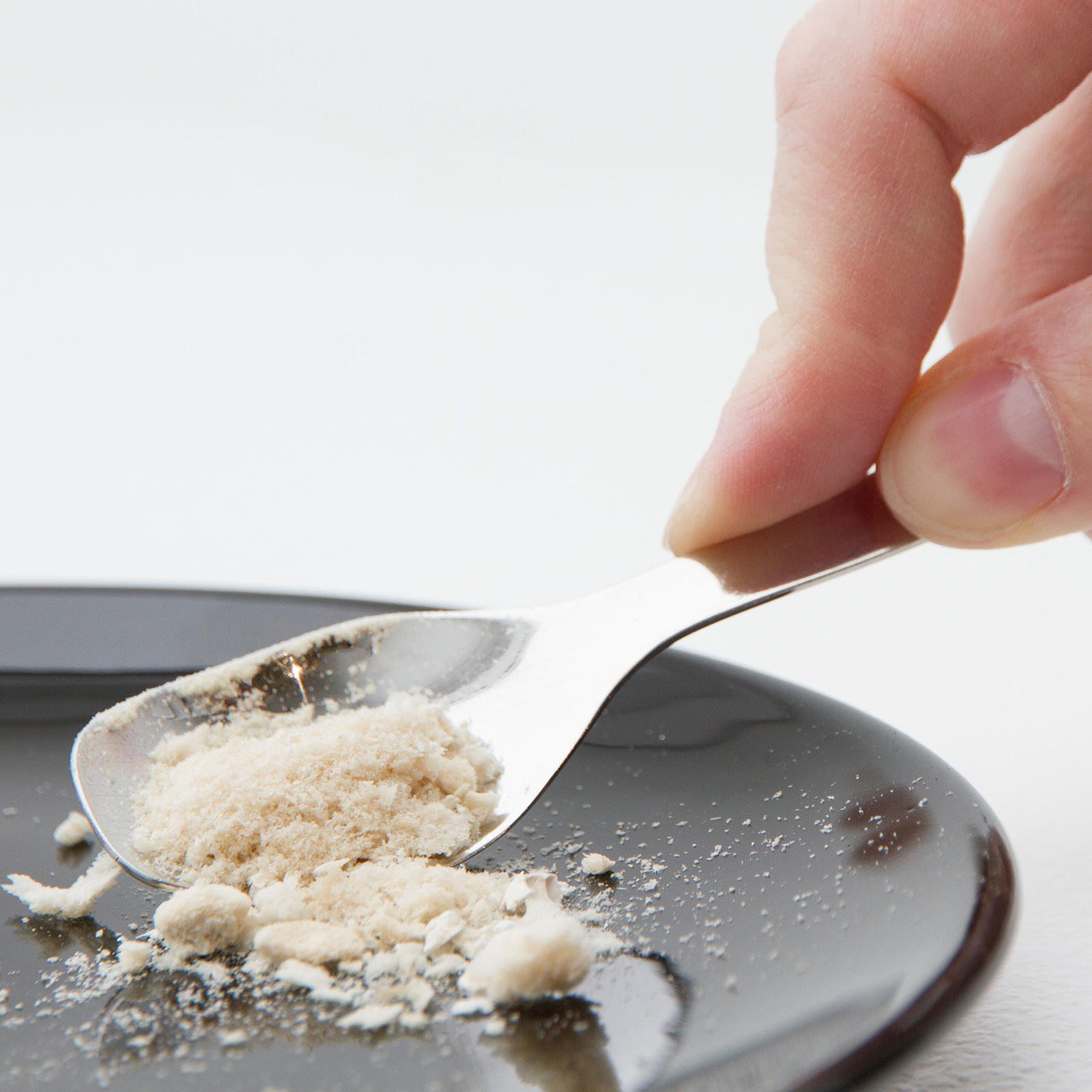Nanotextures solve a historic problem
Nanotexturing that prevents scale forming on the inside of pipes can reduce plant maintenance costs significantly
A Finnish company has developed a powdered protein that does away with vegetal or animal matter, as well as the need for arable land.
If it were possible to obtain proteins without vegetal or animal matter, not only more humans could be fed on the planet, but such an alternative would also provide an ideal menu for astronauts in their future space travels. And that is the goal of Solein, a new type of protein that only requires water, air and electricity, and a little help from bacteria. This technology project is an initiative by Solar Foods, a Finnish company collaborating with the European Space Agency (ESA) to develop the onboard food for astronauts in their future trips to Mars. The research has also had support from the Finnish VTT Research Center and the Technology University of Lappeenranta. The road map of this technology project is undoubtedly ambitious: Solein will reach the market in 2021, with fifty million meals based on this synthetic food expected to be sold in the first two years. But how does the process work?
The basic technique requires introducing microbes in a liquid fed with carbon dioxide and hydrogen bubbles produced through water electrolysis. Bacteria feed on these gases and metabolize them into a protein, which is then dried to form a protein-rich powder. Finally, this kind of flour can be texturized through 3D printing or added to other foods as a supplementary ingredient. With an expected price of 5 € per kilo, production costs look relatively reasonable.

Besides not requiring any arable land, one of the critical aspects of this innovative technology project, is its zero-carbon footprint, a crucial fact considering that a quarter of the carbon dioxide produced by humans comes from farming. In fact, its creators state that their product is up to one hundred times more climate-friendly than other foods. Alternatives such as Solein are becoming increasingly important as the available arable soil is reaching its limit and the seas suffer from overfishing.
Research around the production of synthetic foods can be traced back to the space race when NASA looked into alternative carbohydrate production techniques in the outer space. They envisioned using oxygen and hydrogen obtained from water electrolysis, as well as the carbon dioxide released by the crew, to generate methane. In turn, methane would be transformed into formaldehyde through an oxidation process, an ingredient that can be used to produce sugars and glycerol.
Currently, the techniques developed by NASA, which are the source of inspiration for Solein protein, are supplemented with other approaches, mainly by using yeasts and, especially, through stem cells, which allow creating the so-called lab meat. All of them will enable the development of new food sources in an increasingly overpopulated world.
Source: The Guardian, Dezeen
All fields are mandatory.
Read the most discussed articles
{{CommentsCount}} Comments
Currently no one has commented on the news.
Be the first to leave a comment.
{{firstLevelComment.Name}}
{{firstLevelComment.DaysAgo}} days ago
{{firstLevelComment.Text}}
Answer{{secondLevelComment.Name}}
{{secondLevelComment.DaysAgo}} days ago
{{secondLevelComment.Text}}